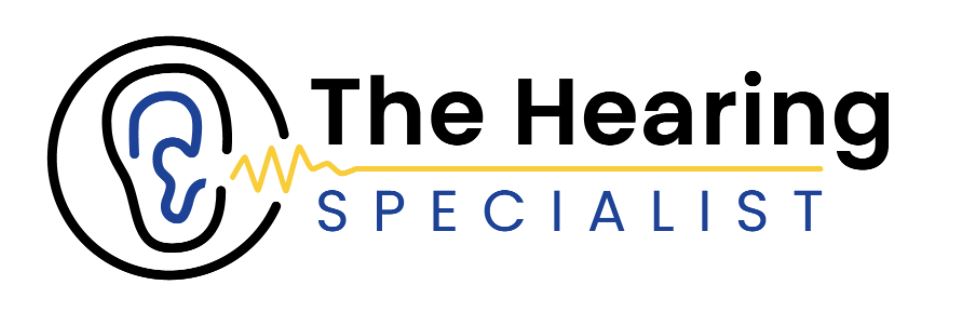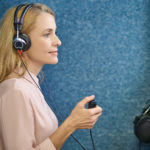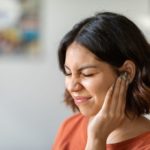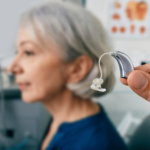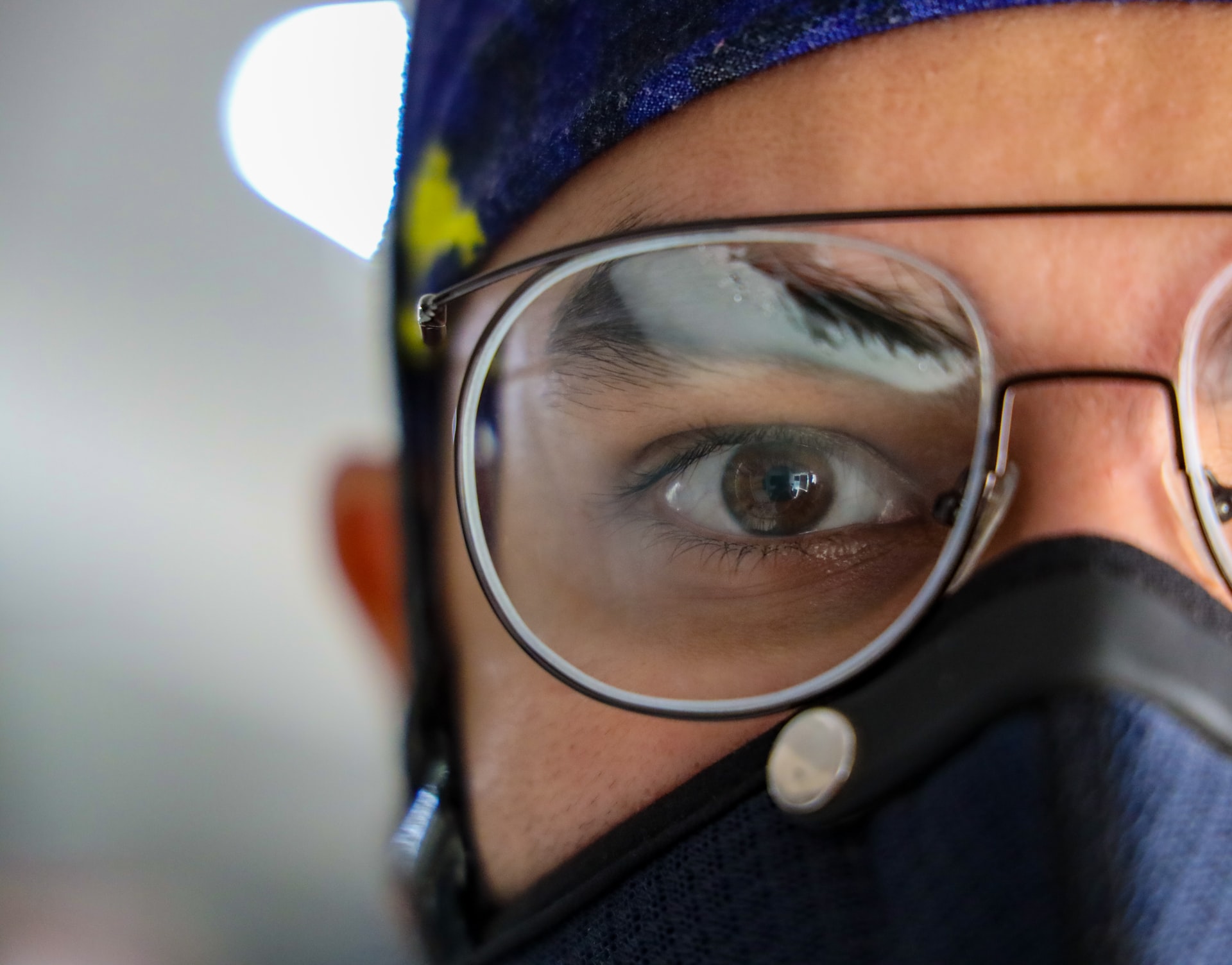With the COVID 19 pandemic making changes to every conceivable aspect of our lives, it should be no surprise that hearing aid users are also experiencing big changes in their day to day lives. While many hearing aid wearers will only have one new inconvenience to put up with, there are those who hit the trifecta of having a mask, hearing aid and glasses all resting upon a single lowly pair of ears.
This combination of necessary headwear creates a series of unique challenges that many of our patients are rightly becoming more and more frustrated with by the day, and so today, we’re going to take a look at what some of these common ailments are and the ways we recommend to get around them!
Hearing Aids
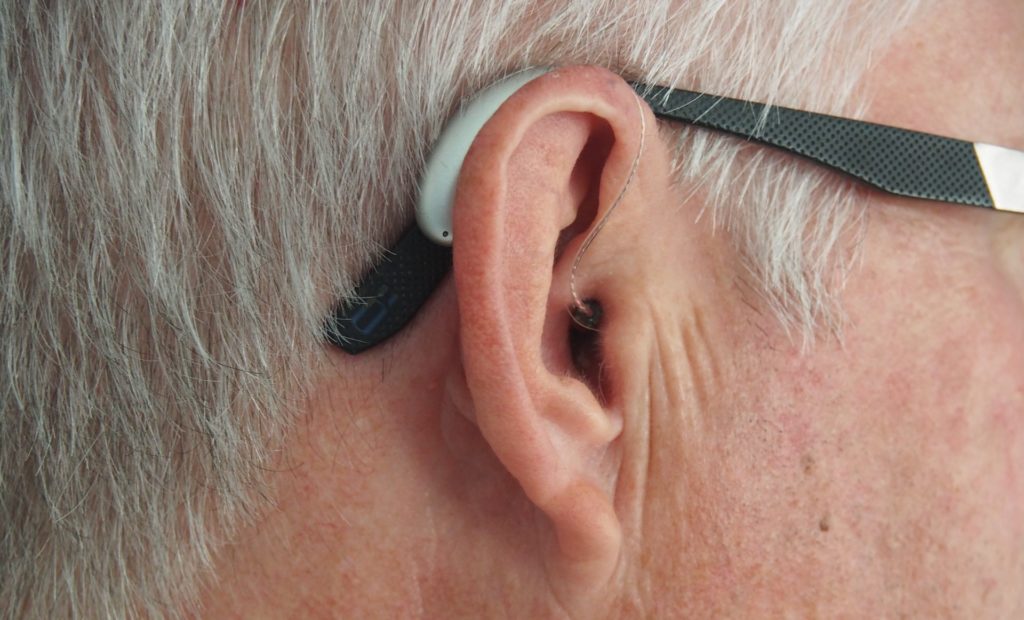
The first point in the mask dilemma triangle is our area of expertise: hearing aids. For many the added complication of a mask has presented daily frustration especially for those trying to wear a mask comfortably with an over-the-ear device.
Simply put, the action of repeatedly putting on and taking off a mask has presented the singularly annoying effect of pulling patients’ hearing aids out, and causing them to either be lost or damaged. Luckily for our readers we know of a few simple tips and tricks to help get around the problem of dislodged hearing aids.
Ensure you are wearing the best mask for you

One of the simplest methods of protecting your hearing aids, and the method you should be trying first, is changing up the style of mask that you wear. While the vast majority of masks being worn in the UK rely on loops that go over the ear, there are different options available.
One of the most effective options is normally seen on industrial masks. These differ from the norm by having a pair of straps that go over the head and around the neck, leaving the ears completely alone, and meaning taking on and off in a hurry is far less likely to result in a lost hearing aid.
While not as convenient as their over the ear cousins, these masks can still be worn comfortably and often have the happy side effect of being far more effective at carrying out the duties of a facemask, increasing your protection and that of those around you. The trade off for this however is in price, as these masks are normally more expensive than the disposable or homemade alternative, but when compared to the loss of a hearing aid unit the price increase is negligible.
Save money and your ears
Should a specialist mask not be the solution for you, you can also adapt your current masks to give your ears some relief. This can be done using an ear saver, which you can buy or even make yourself! These helpful little tools work by providing something for the mask to secure onto away from your ears.
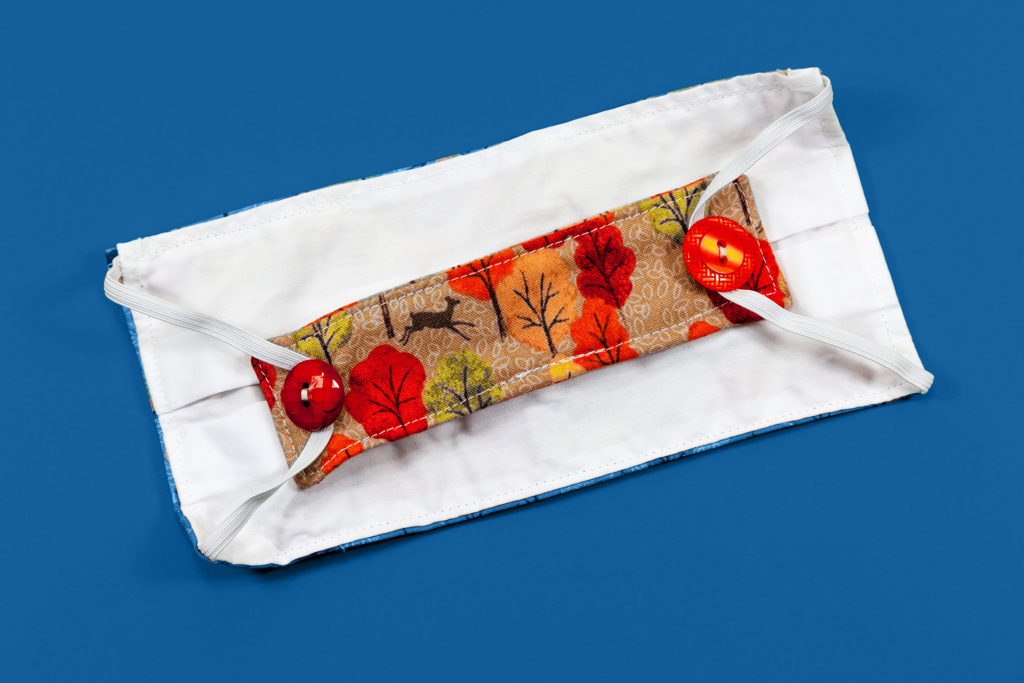
A popular DIY way to do this is to take a short length of ribbon, and sew a button at either end. You then simply put each of the mask’s ear loops over each button and voila! Your mask is securely on your face, and crucially isn’t affecting your hearing aid.
These devices make taking off a mask with a hearing aid much safer, as the ear loops of the mask have not been sat on or next to your over the ear hearing aid, and are far less likely to have become tangled. In fact, these ear savers could provide an extra modicum of security for your hearing aid, as the ear loops of the mask may run safely and tangle free over the hearing aid unit, holding it even more securely to your head.
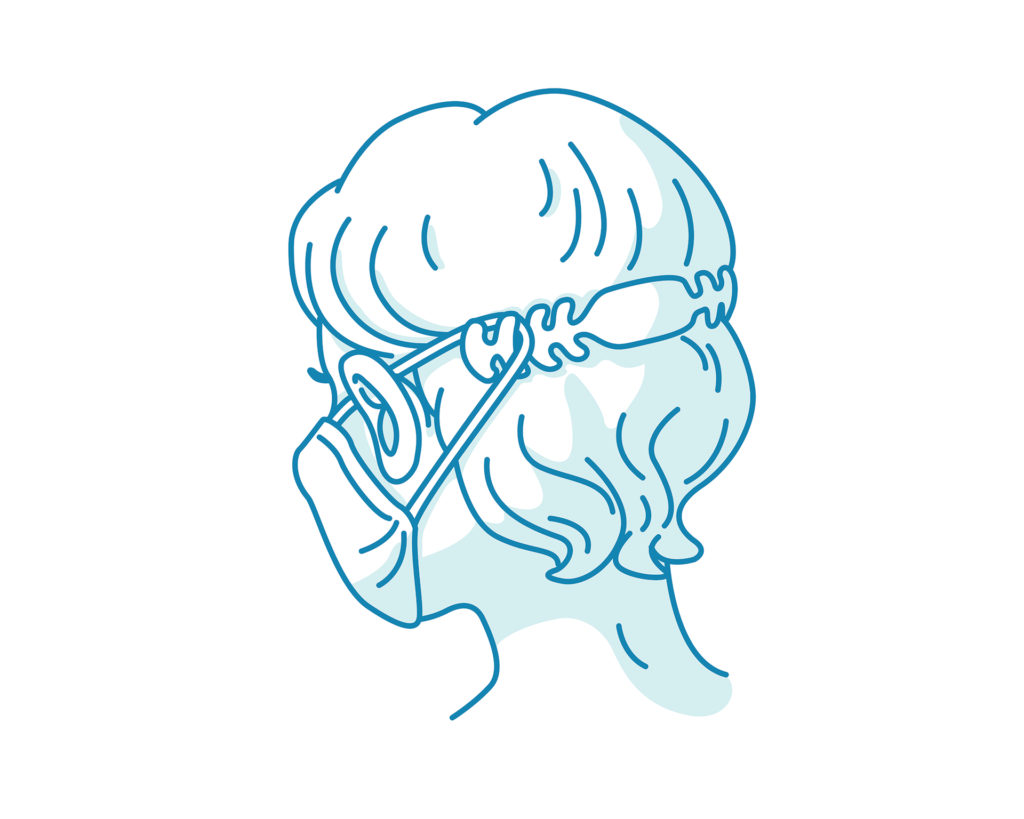
Use your glasses to your advantage
One of the least propagated tricks that we have seen also happens to be one of the surefire ways to make sure that your hearing aid isn’t lost when wearing a mask, and that is attaching your hearing aid to your glasses! While this might sound like an extreme measure, we do recommend it if you have already had the heart stopping feeling of one of your aids being missing.
The method simply consists of using an elastic band to “dummy cord” your hearing aid to the stalk of your glasses, allowing you to make the most of having them both hanging upon your ears. With this in place, even if you remove your mask in a hurry and accidentally displace your hearing aid the elastic band should catch it, either prompting you to stop taking your mask off and untangle them, or keeping the hearing aid dangling safely by the side of your head.
It is important that you use an elastic band to do this, as a non-stretch material like string might be just enough to damage your hearing aid should it get caught in your mask when pulling it off. If you’re still unsure about this method, then please take a moment to watch this video from the Marin Hearing Center who we must give full credit for the idea to!
Glasses
Our patients have been combining glasses and hearing aids for years, and will have found their own ways of getting comfortable with the dual role being expected of their ears, but with the addition of facemasks wearing glasses becomes quite a lot more complicated.

By far and away the largest complaint that we hear is patients’ glasses fogging up due to the warm and moist air of their breath being forced up out of their mask and behind the lenses of their glasses. As all glasses wearers will be aware, this is one of the most frustrating situations to be in as on a cold day fogging will be almost inescapable. To give you a helping hand as winter closes in, we have a few tips to make sure that your vision stays better with your glasses than without!
Keep your glasses clean
This might seem like an obvious point, and you’d be right, but it is amazing to see how many spectacle wearers don’t know how to properly clean their all important lenses. The cardinal sin committed by most offenders is to clean a pair of glasses by simply breathing on them, and wiping them on a piece of clothing. If you ever want to make an optician squirm, this is how to do it.
The real reason this is such a problem is that when you wipe a lens on a piece of clothing you run the risk of adding micro scratches to the glass, which stack up over time and reduce the optical clarity of the lens, but also provide a rough surface for moisture to grab onto making fogging more likely.
To avoid this make sure that you clean your glasses regularly and clean them properly. This means investing in some high quality cleaning solution and microfibre cloths. The two combined will ensure that your lenses retain their crisp smooth surface, and will help to prevent moisture from latching onto them and causing fog.
But what if wearing a mask makes even clean glasses fog up?
Unfortunately having perfectly clean glasses can only take you so far, especially as we descend into the colder half of the year. This means that despite your best efforts with a cleaning cloth, you may find yourself in need of an even stronger solution.
Washing up your glasses
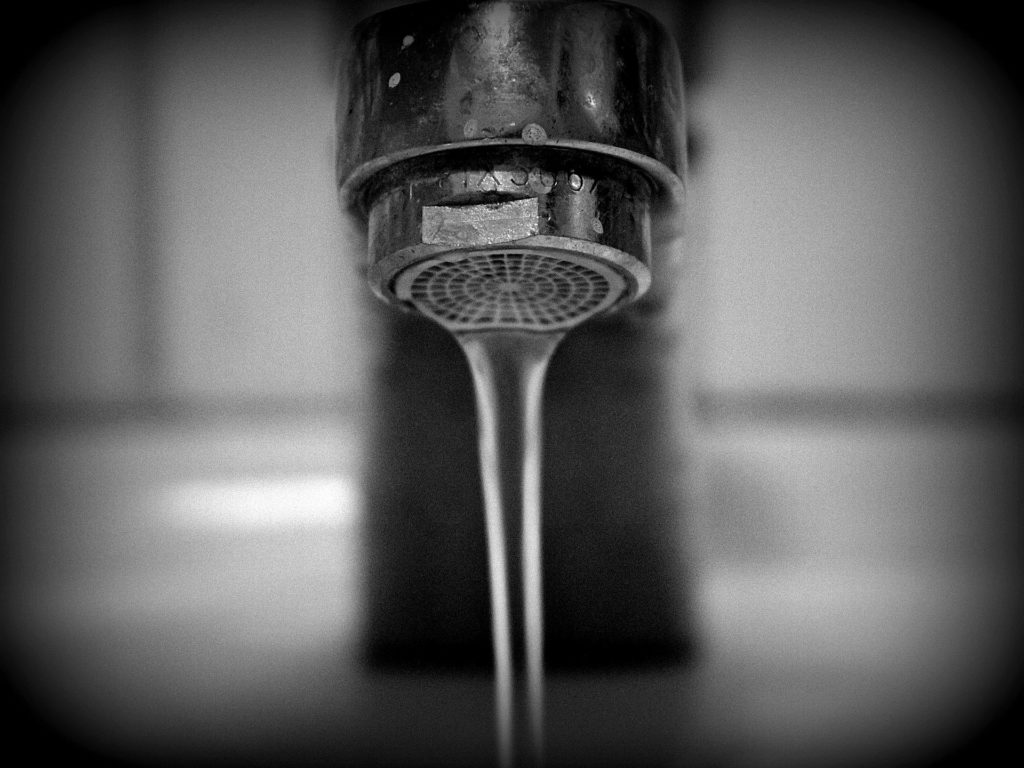
Our first way of fighting the fog is to create a hydrophilic coating on your lens by the simple application of dish soap. In layman’s terms, you are trying to prevent moisture from beading on the lens, and instead forming a single clear sheet. To do this first ensure that your glasses are clean and free of any dirt that might damage the lens. Then apply a drop of dish soap such as Fairy Liquid to the glass, and spread it around with your finger until it covers the entire surface.
With the soap well spread, take a microfibre cloth and buff the liquid off the lens in small circles, as if polishing a shoe to a high shine. This will eventually leave a clear, smudge free lens that has retained a thin coating of the dish soap. With this treatment applied, any moisture that makes it inside your glasses should now form a clear sheet of water as opposed to an opaque mist, allowing you to see through with comparatively good vision.
While you may not experience any fogging, you might find the sensation of looking through moisture to be somewhat distorted and therefore will take some getting used to. In extreme situations however this method should mean that you can at least see, without having to take your glasses off altogether.
Dealing with fog in a Military manner
While there are plenty of industries and professions that have been combining masks and glasses for many years now, one of the most overlooked has always been the Military, despite their having excellent ways of fighting the war on fog. As these men and women often have to wear eye protection for their own safety, but absolutely cannot afford to suddenly lose visibility, the manufacturers of their glasses have come up with effective solutions of keeping these optics free of mist at all times, and easily cleaned in a hurry.
The beauty of these solutions is that they are also totally accessible to you, who’s own circumstances may mean that the ability to quickly free your glasses of mask related fog is vital. Large military eyewear suppliers Revision and ESS have both developed their own small, cheap and reusable cloths that are impregnated with a particular compound that when rubbed on lenses makes them almost impervious to fogging and misting.
Having these cloths to hand means that should all of our other methods fail you, you can at least quickly give your glasses a wipe and enjoy short term relief from the effects of fogging. And the best bit is? They’re cheap. As a surplus item, these are easy to find online and while reusable can be bought in bulk to make sure that you always have a fresh cloth handy! (We’ll even leave you a link to some).
Who can you talk to, and what to do should you lose your hearing aid in a mask related accident?

Should you be unfortunate to lose your hearing aid thanks to a pesky face covering, then it’s important that you speak to a professional audiologist as soon as possible about getting a replacement that works for you.
At The Hearing Specialist, we pride ourselves on being independent audiologists, with no bias towards any hearing aid manufacturer. This gives us the freedom to recommend the absolute best solution for your hearing condition without compromising for the sake of a brand.
Our independence also allows us to offer hearing aids with the most up to date technology, no matter where it comes from. As we near the end of 2020 the bounds made in hearing aid technology in recent years become ever more apparent, showing that audiology is keeping up with the smart device revolution.
Should you lose your hearing aid in a mask related incident, come and see us about getting an up to date replacement, and maybe one with GPS locating inside so you don’t have to visit us twice!
